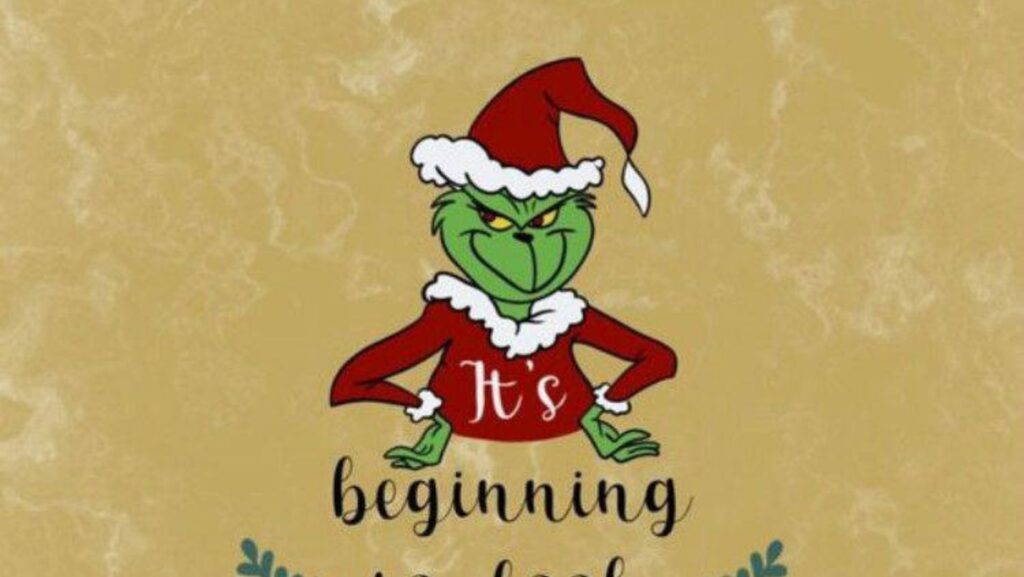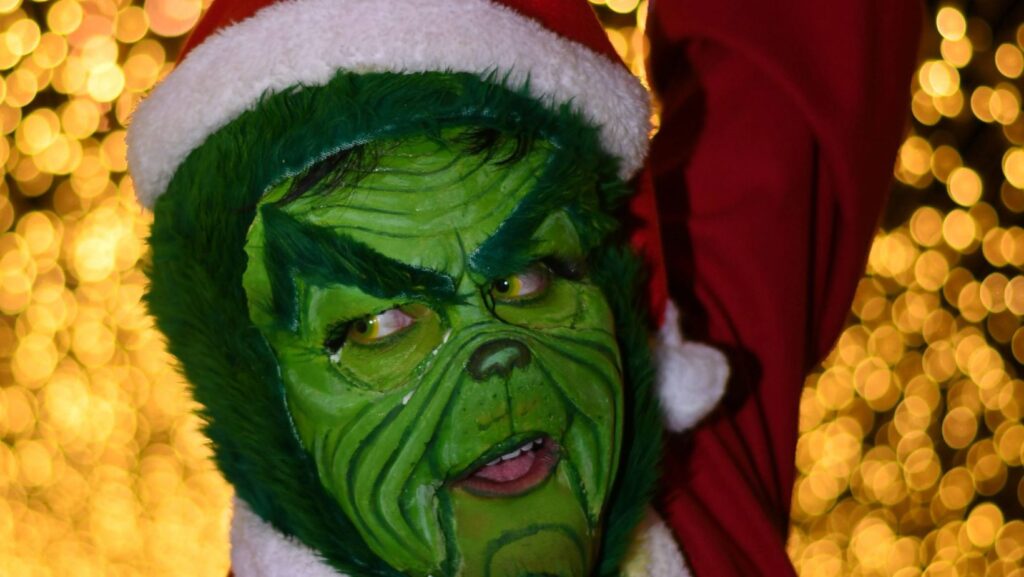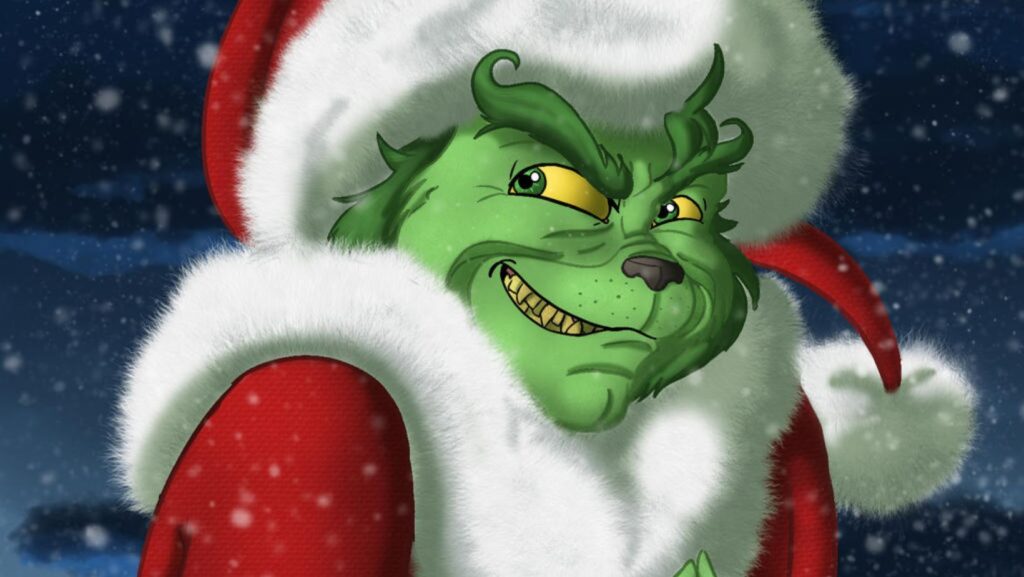Animated:1ybyifejt0i= Grinch

The animated Grinch has captured the hearts of audiences worldwide, bringing Dr. Seuss’s iconic character to life in a way that resonates with both children and adults. From the vibrant colors to the whimsical storytelling, the animated adaptations of this classic tale offer a fresh perspective on the Grinch’s journey from a grouchy recluse to a beloved holiday hero. Each version, whether it be the classic 1966 TV special or the more recent 2018 film, adds its unique flair while staying true to the essence of the original story.
Audiences are drawn to the Grinch’s transformation, a narrative that cleverly blends humor with heartfelt moments. The animation allows for a visual feast that enhances the storytelling, making the Grinch’s world both enchanting and relatable. As the Grinch’s heart grows, so does the viewer’s appreciation for the timeless themes of kindness and redemption, ensuring the animated Grinch remains a festive favorite for generations.
Overview Of Animated Grinch

The animated Grinch, originating from Dr. Seuss’s iconic 1957 book, “How the Grinch Stole Christmas!”, has captivated audiences through various adaptations. The 1966 TV special, directed by Chuck Jones, remains a seminal piece that introduced the Grinch’s tale to television, blending Boris Karloff’s narrating prowess with distinct animation styles. Its vibrant colors and playful animation captured the essence of the Grinch’s heartwarming change.
Decades later, the 2000 live-action film brought a new dimension, while the 2018 computer-animated feature revisited the tale with modern humor and visuals. Both adaptations retained the core message of personal transformation and societal acceptance. Illumination Entertainment’s 2018 film, featuring Benedict Cumberbatch as the Grinch’s voice, offered a fresh, engaging approach with added humor and updated animation techniques, appealing to contemporary audiences.
The widespread cultural impact of the Grinch’s story is evident in these adaptations, which continue to draw in new viewers each holiday season. The character’s journey from isolation to integration highlights themes of community, making the animated Grinch a perennial favorite. The Grinch’s visual portrayal, whether in classic hand-drawn or advanced CGI formats, continues to resonate with fans, contributing to its lasting legacy.
Analyzing The Animation Style
The animated Grinch showcases a unique blend of art direction, color palette, and character design, each contributing to its lasting appeal. Various adaptations leverage these elements to enhance storytelling and engage audiences.
Art Direction
The art direction in animated Grinch adaptations varies across versions. The 1966 TV special, led by Chuck Jones, exhibits hand-drawn techniques with smooth transitions that emphasize emotion. In contrast, the 2018 film utilizes modern CGI to create a visually striking world while maintaining the whimsical nature integral to Dr. Seuss’s universe. Each adaptation focuses on retaining essential narrative elements despite differing artistic approaches.
Color Palette
Color play significantly influences the mood and impact of the animated Grinch. The 1966 version uses bold, contrasting colors to highlight the Grinch’s transformation and evoke festive emotions. Meanwhile, the 2018 adaptation expands its color range, blending vibrant hues with subdued tones to enhance depth and visual richness. These choices help the Grinch’s journey remain captivating across generations.
Character Design
Character designs in the animated Grinch adaptions mirror the story’s evolution. Chuck Jones’s Grinch in 1966 features exaggerated expressions and defining silhouettes that capture the character’s essence. The 2018 version reimagines the Grinch with intricate textures and realistic movements, thanks to CGI, offering a fresh, modern take. Despite the differences in technique, each design balances innovation with homage to the original character’s charm.
Storytelling And Adaptation
The story of the animated Grinch explores themes of transformation, acceptance, and community, captivating audiences through its engaging narrative and vibrant visuals.

The Grinch, a solitary creature skulking in Mount Crumpit, loathes Christmas and schemes to snuff out the holiday’s cheer in Whoville. As he disguises himself as Santa Claus to steal Christmas, his plan falters due to the unyielding spirit of the Whos. Their unwavering joy and communal singing touch the Grinch, leading to a revelation about the true essence of the holiday. His heart, metaphorically growing three sizes, marks his personal transformation and ultimate embrace of the festive season.
The 1966 adaptation focuses on simplicity and emotion with its hand-drawn animation and Boris Karloff’s resonant narration. It captures the core elements of Dr. Seuss’s book while emphasizing the Grinch’s gradual change. The 2000 live-action film, featuring Jim Carrey, offers a more elaborate backstory, deepening the Grinch’s character with humor and emotional depth. In contrast, the 2018 adaptation by Illumination Entertainment modernizes the narrative with updated animation and contemporary humor, yet remains faithful to the original message. Each version, while stylistically distinct, stays true to the central themes of personal redemption and communal joy.
